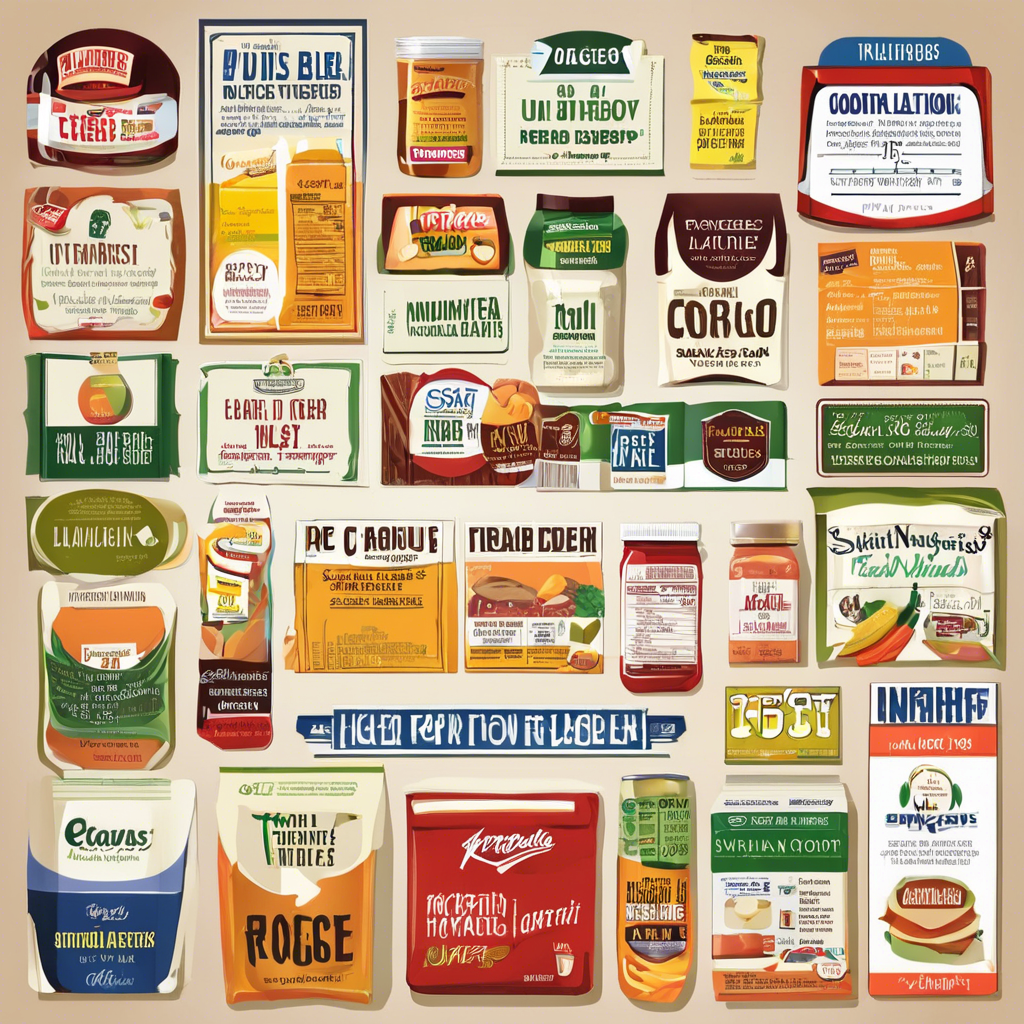Making sense of food labels can be a daunting task, but it’s an important skill to master if you want to make informed choices about your diet and health. With so many products claiming to be healthy and nutritious, it’s easy to get overwhelmed and unsure of what to believe. So, how can you read food labels like a nutrition expert and cut through the confusion? Here are some tips to help you become a savvy food label reader.
First things first: understand the layout of a food label. Typically, you’ll find the nutrient content and ingredients listed on the back or side of the packaging. Start by checking the serving size and number of servings per container, as this will give you a framework for understanding the rest of the label. The calorie count and amount of fat, cholesterol, sodium, carbohydrates, fiber, sugars, protein, and vitamins per serving are also listed here. Pay close attention to these values, as they can vary significantly depending on the serving size. For example, a product might appear to have low sugar content until you realize that the listed value is per serving, and there are multiple servings in the package.
Next, take a close look at the ingredients list. Ingredients are listed in descending order by weight, so the first few items make up the majority of the product. Look out for hidden sources of sugar, salt, and unhealthy fats, which may go by less obvious names. For example, sugar may be listed as fructose, glucose, maltose, dextrose, sucrose, or corn syrup, while unhealthy fats might appear as palm oil, partially hydrogenated vegetable oil, or shortening. Ideally, you want to see whole foods like fruits, vegetables, whole grains, and lean proteins topping the list.
Finally, context is key. Consider your own nutritional needs and goals when evaluating a food label. For example, if you’re watching your sodium intake, look for products with lower sodium content, or if you’re aiming for a high-fiber diet, choose options that offer a good amount of fiber per serving. Keep in mind that just because a product is labeled “low-fat” or “sugar-free” doesn’t mean it’s automatically a healthy choice.










